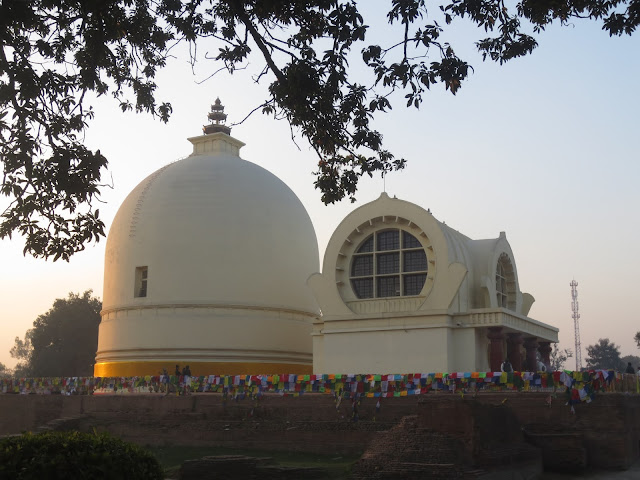South Korea
From the point of view of Buddhism, South Korea is indeed a curious place. Until the end of the Second World War nearly all South Koreans were Buddhist, whereas now, thanks to intense proselytizing and the prestige that Christianity holds – in part due to its status as the predominant religion in the West – Christianity has become the first religion of Korea, with the rich and the urban tending towards it, whilst people in small towns and the countryside remain largely Buddhist. However, Buddhism is as responsible as Christianity is for this state of affairs: as in many other Buddhist countries, the teaching of Buddhism – including mindfulness and other meditation techniques – was relegated to monks and scholars, when in reality most of the population was unfamiliar with its deep philosophy and could not but merely follow rituals. In spite of this, even though today there are more churches than temples here, extraordinary Buddhist sites – some very old – are to be found all over the country. Foremost amongst them is the Temple of Haeinsa on Mount Gayasan (a UNESCO World Heritage Site), which is home to the Tripitaka Koreana, the world’s most complete corpus of Buddhist doctrinal texts engraved on more than 80,000 woodblocks in the 13th century. The Tripitaka Koreana woodblocks and their depositories (Janggyeong Panjeon) have been designated National Treasures, and the former was inscribed on UNESCO’s Memory of the World Register in 2007.
I,
personally, have only visited Seoul thus far, and therefore will focus next post on the Bongeunsa Temple in capital.
 |
| Myogaksa Temple (Seoul) |
 |
| Inside Myogaksa Temple |


Comments
Post a Comment